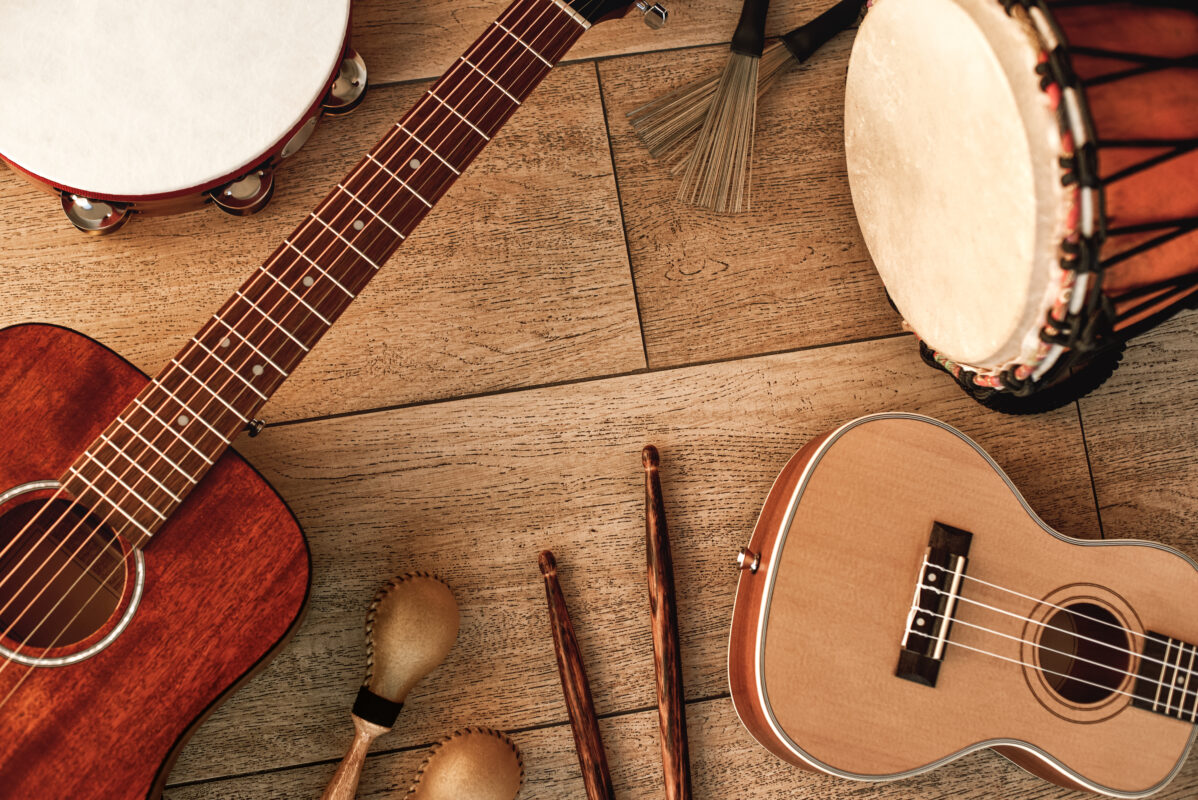Introduction:
Musical instruments have played a pivotal role in human history, serving as tools of expression, cultural identity, and entertainment across civilizations. From the earliest primitive creations to the cutting-edge innovations of today, the evolution of musical instruments tells a fascinating story of human ingenuity and creativity. Join us on a journey through time as we explore the remarkable evolution of musical instruments from ancient times to modern innovations.
Ancient Beginnings: The roots of musical instrumentation trace back thousands of years to the ancient civilizations of Mesopotamia, Egypt, and China. Archaeological discoveries have unearthed evidence of simple percussion and wind instruments crafted from materials such as bone, wood, and clay. These early instruments, including drums, flutes, and rattles, were often used in religious rituals, ceremonies, and communal gatherings, laying the foundation for musical expression.
Classical Antiquity:
In classical antiquity, ancient Greece and Rome made significant advancements in musical theory and instrument design. The Greeks developed sophisticated instruments such as the lyre, kithara, and aulos, which played a central role in both secular and religious music. Meanwhile, the Romans adopted and adapted many Greek instruments while also inventing new ones like the tuba and cornu. Music became an integral part of daily life, with performances held in theaters, temples, and public festivals.
Medieval and Renaissance Periods: During the medieval and Renaissance periods, Europe witnessed a flourishing of musical innovation and experimentation. The emergence of polyphony led to the development of keyboard instruments like the organ and harpsichord, while string instruments such as the violin, viola, and lute gained popularity among musicians and composers. The refinement of instrument-making techniques by skilled artisans contributed to the diversity and richness of musical ensembles.
The Age of Enlightenment and Industrial Revolution: The Enlightenment era saw advancements in music theory and composition, with composers like Bach, Mozart, and Beethoven pushing the boundaries of musical expression. Concurrently, the Industrial Revolution brought about significant changes in instrument manufacturing, with the mass production of pianos, brass instruments, and woodwinds. These innovations democratized access to music, making it more accessible to a wider audience.
Modern Innovations: The 20th and 21st centuries have witnessed an explosion of innovation in musical instrument design and technology. Electronic instruments such as synthesizers, drum machines, and electric guitars revolutionized popular music, enabling new sounds and genres to emerge. Digital technology further transformed the landscape of music production, with software-based instruments and recording tools empowering musicians to create and share music in unprecedented ways.
Conclusion:
From the primal beats of ancient drums to the electronic symphonies of the digital age, the evolution of musical instruments reflects the ever-changing tapestry of human culture and creativity. While the fundamental principles of sound and expression remain constant, technological advancements continue to push the boundaries of musical innovation. As we look to the future, one thing remains clear: the enduring power of music and the instruments that bring it to life will continue to inspire and captivate generations to come.

